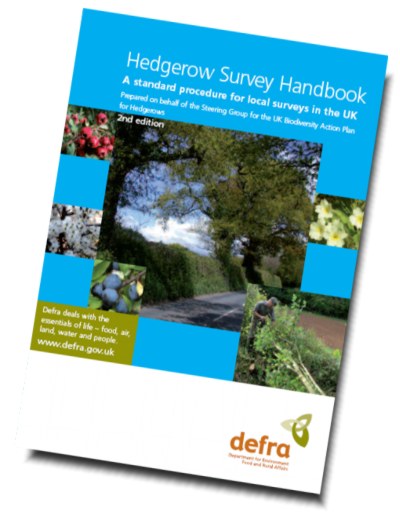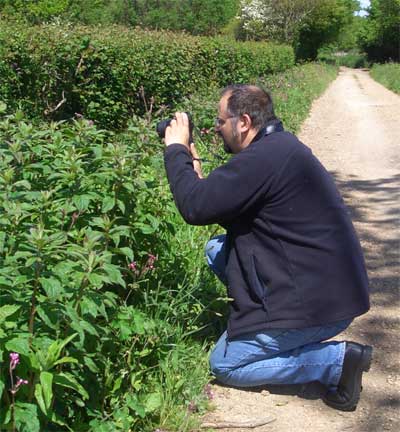Beyond Hooper’s Hypothesis: hedgerow survey handbook updated
- Complaining about the Mainland - 17th August, 2024
- New island designation – is it just greenwash? - 26th April, 2024
- Police and Crime Commissioners – a solution or a problem? - 21st April, 2024
Many people have the rather vague idea that it is possible to estimate the age of a hedge by counting the species in it. This concept is known as Hooper’s Hypothesis, or sometimes Hooper’s Law, after its proponent, Dr Max Hooper who first proposed it in 1965*. Hooper himself, a little facetiously, later called it “Hooper’s Hedgerow History Hypothesis”, and it is summarised as:
Age of the hedge in years = number of woody plant species x 100
As a rough rule of thumb Hooper’s Hypothesis has proven to be a remarkably robust yardstick. Indeed in modified form it is even included as part of statute law in the form of the Hedgerow Regulations (1997) in England and Wales. However, as Hooper himself explained at the time, this test is a very rudimentary one and much more information is needed to really report on the condition of hedgerows in the countryside. To this end, many others have followed Hooper’s lead and developed more complex means of surveying hedgerows. Now a new edition of an old stalwart publication in this field has been produced: the Hedgerow Survey Handbook, first published in 2002, has been updated.

The handbook sets out a standard way to record and survey hedgerows, looking mainly at the biodiversity element. There is plenty of practical detail, ranging from the mechanics of organising a systematic survey, to finding the funds to do so. It also gives the alarming assessment that
In 2006, we believe that only some 22% of the UK’s hedgerows are in a favourable state.
Reason enough to continue to record and survey hedges.
*there is some dissent about when the hypothesis was first published but Hooper himself said it was in the Devon Naturalists Trust Journal in December 1965.


Pingback: Hooper's Hedgerow History Hypothesis - UK NAEE